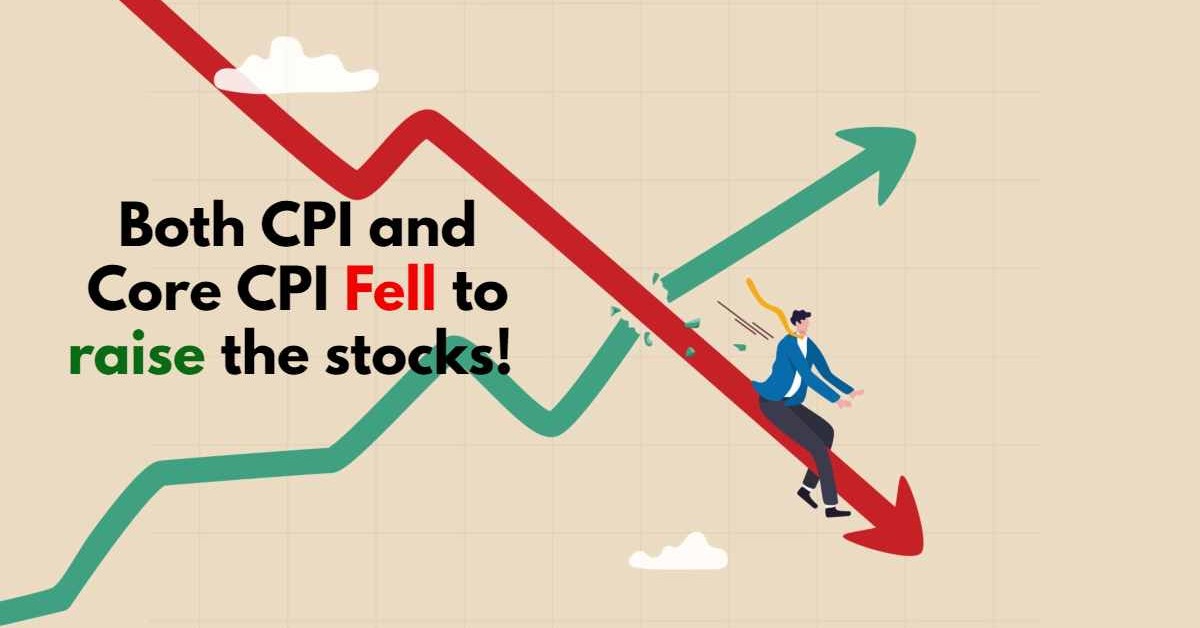USD Index in almost seven months low
While market participants were waiting for another decrease in inflation numbers, actual numbers showed a much more significant reduction than estimates.
Investors were expecting that inflation in November raised by 0.3% month-over-month, translating to a 7.3% year-over-year pace. However, according to the US Bureau of Labor Statistics report, US headline inflation rose 0.1% from October and was up 7.1% from a year ago. Also, excluding volatile fuel and energy components, the Core CPI index increased only 0.2% in November, and the annual rate fell to 6.0%, much lower than October's 6.3%. This data means that while a drop in energy prices took the sting out of another chunky increase in shelter costs, prices in other sectors also eased to confirm that Fed policies and decisions work.
Therefore, this decelerating trend in inflation signals that the Fed's rate hikes are working, but the overall pace illustrates that there is still a long way to go, as it is more than three times above the central bank's expectations. Now, we hope the Federal Reserve will soften its guidance on Wednesday's FOMC meeting announcement and raise the rates by only 50 basis points. However, we also expect that Fed will use more cautious words about the fate of the rate hike and when they will be able to stop increasing, and where they see the peak of Fed target rates.
Note: Since we have just 24 hours until the Fed announcement, I prefer to stop guessing and wait until tomorrow to make the investment decisions. It can decrease the trading risks as well.
At the time of writing and almost two hours after the news was published, the US 10-Year Treasury Note yields eased to 3.445% (-0.169) and the US dollar at nearly seven months low, trading under the 104 mark. In response to these data, S&P 500 rose, and the dollar fell. Nasdaq Composite led the bulls on the stock markets with a 3% gain. SP500 also raised more than 2%, while Dow Jones Industrial Average traded 1.16% higher.


















